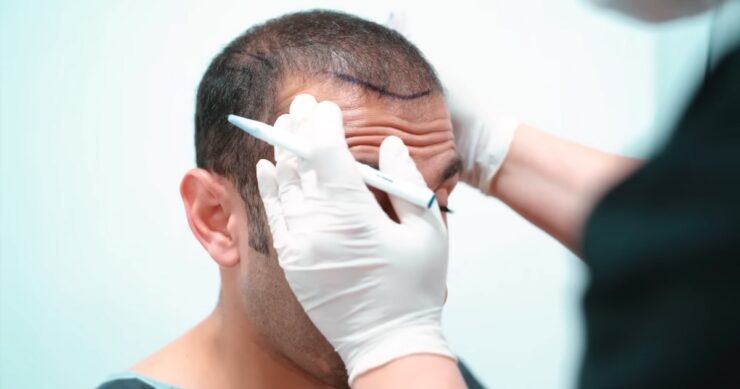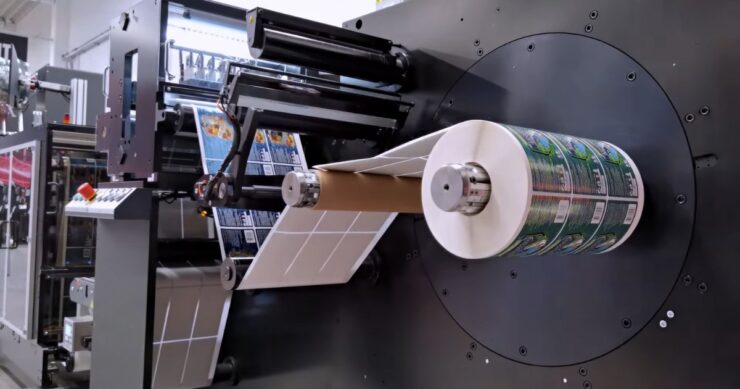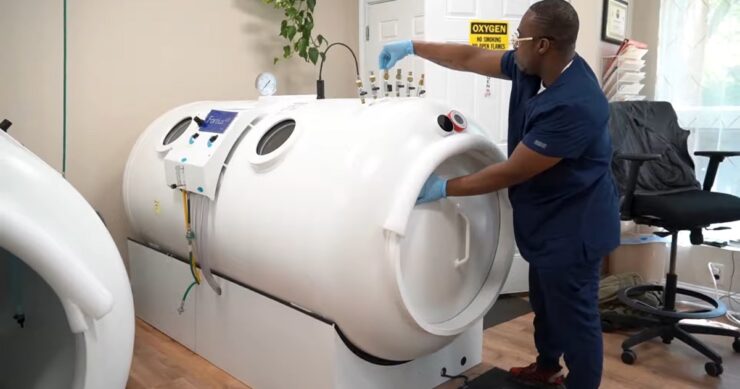
Many people worry about their exposure to radiation. At one time, there was some concern regarding microwaves and other household devices putting off radiation when people used these devices. Experts have put those fears to rest. However, certain men and women must know about radiation safety because they are regularly exposed to it as they go about their regular job duties.
Many physicians, their staff members, and patients worry about their exposure to radiation during certain medical procedures. Fluoroscopic procedures are of most concern, as these procedures result in the greatest radiation dose. The cumulative dose exposures are much smaller for mammograms, nuclear imaging, and computed tomography.
Any radiation exposure is of concern, however, and people must take steps to minimize this exposure. Kemper Medical (kempermedical.com) offers a range of radiation product devices designed to minimize exposure.
What is Radiation Protection?
Radiation protection helps a person minimize any unnecessary exposure to radiation. This protection works to reduce the harmful effects of ionizing radiation. This radiation is necessary for diagnosing and treating many medical conditions.
However, as its use has become more commonplace, the cumulative doses of lifetime radiation have also increased in medical professionals and patients diagnosed or treated with its help. Fluoroscopic imaging remains the biggest contributor to these lifetime doses.
Radiation Training

Medical professionals need to undergo formal training to minimize their exposure to radiation along with that of their patients. However, enforcing safety guidelines can be challenging. In addition, many medical professionals receive little formal radiation protection training during their residencies or fellowships.
Those who use fluoroscopic imaging outside of dedicated radiology departments are least likely to adhere to these safety guidelines, putting themselves and their patients at risk. This includes medical professionals working in urology, interventional cardiology, and gastroenterology.
Radiation exposure is becoming more prevalent today, so training all medical staff in radiation exposure risks and dose reduction techniques has never been more important.
Justification and Radiation Procedures
Justification is necessary before carrying out a procedure involving radiation. Experts designed this process to ensure people only do necessary radiological procedures so patients aren’t exposed to ionizing radiation without cause.
The medical practitioner requesting the radiological procedure works with the radiological practitioner who will actually perform this procedure to determine if the medical exposure is necessary.
When making this determination, they consider whether the request is appropriate and the urgency of the desired procedure. They must look at the distinct characteristics of the medical exposure. While doing so, they need to consult referral guidelines relevant to the procedure.
Furthermore, they also need to consider the patient and any previous procedures this individual has undergone to see if the current exposure can be justified or if it will harm them.
Explore the revolutionary impact of the internet on medical treatments, a topic seamlessly tied to the essential steps for radiation protection discussed in our article.
Optimizing Radiological Procedures
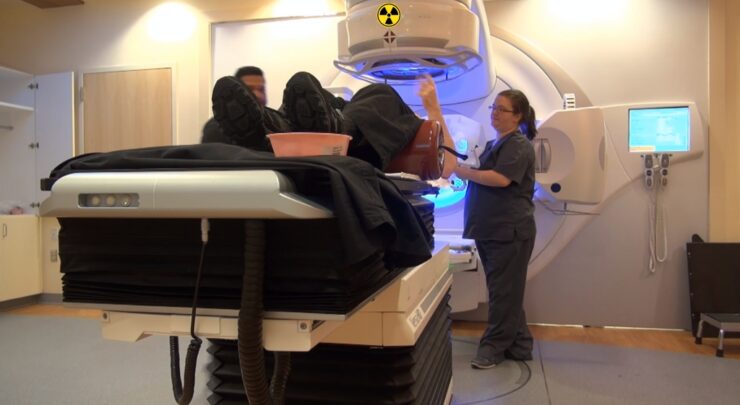
When carrying out a radiological procedure, the practitioner needs to find the right balance between protecting the patient from excessive exposure and getting a high-quality image. One way to do so is to have the machine periodically examined to ensure the filtration is appropriate and the kV control is calibrated correctly.
Furthermore, staff members using the machinery need to undergo training to learn the right kV values and filtration for various procedures. A procedure manual and technique charts must be available for staff members to refer to when carrying out different clinical examinations.
Dose Limitation
Dose limitation confuses many people. When experts speak of dose constraints, they aren’t referring to the radiation patients receive as part of a medical treatment plan. When medical professionals use ionizing radiation correctly to treat a medical condition, the dose isn’t as important. Medical professionals know it will help the patient rather than harm them.
However, there are dose limits for those individuals providing the treatment. The effective dose for workers is 20 mSv per year or 100 mSv over a five-year period. However, the dose limit cannot exceed 50 mSv in a single year, and women who are pregnant should avoid exposure to over 1 mSv from the time they learn of the pregnancy until they have the baby.
There are dose limits for specific parts of the body, such as the skin. People need to take into consideration their public exposure to radiation as well. Dose limits are put on this exposure.
Gain a comprehensive understanding of radiation’s lesser-known aspects, knowledge that is crucial when considering the essential steps for radiation protection detailed in our article.
Protecting Medical Workers From Radiation
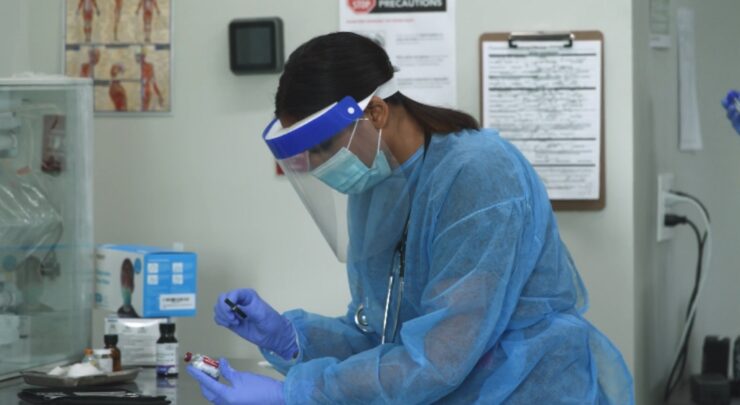
Medical workers must be protected from ionizing radiation whenever possible. Every medical facility using ionizing radiation today needs a radiation protection plan in place, one that is managed by a radiation safety officer.
In addition, this officer needs to be part of a larger radiation safety committee. Other members of this committee should include employees who use radiation-producing equipment or radioactive materials and a representative from the management team.
The program needs to outline guidelines for the registration or licensing of the equipment. Qualified staff must be put into place to oversee the radiation protection policies and procedures, with the goal being to produce radiation doses as low as reasonably achievable (ALARA). In addition, this program should include information about worker training, radiological controls, emergency procedures, and more.
Employees have to be outfitted with personal protective equipment when working around radiation. This equipment will keep them from becoming contaminated with radioactive material or having their skin contaminated by particular radiation. Furthermore, equipment is needed to ensure they do not inhale any radioactive materials.
However, PPE cannot protect a worker if they are exposed to direct, external radiation in many cases. The personal protective equipment must contain shielding material in these situations. That’s why leaded aprons are commonly provided when a person is having dental X-rays. A health physicist can be of great help in determining which PPE is needed for various situations.
Always have personal protective equipment on hand for workers who may be exposed to radiation. Aprons are only one form of protection offered today. Companies need to look into face shields, protection mitts, thyroid collars, and more.
Understanding the impact of radiation on human health is essential for implementing the crucial preventive measures highlighted in the article.
The employees are the driving force of any business. Without them, the business won’t remain in operation for very long. Purchase quality PPE and ensure they are around for many years to come. They are worth spending more on quality products that will keep them safe.
Related Posts:
- Short Throw vs Long Throw Projectors: What's the Difference?
- Everything You Need to Know About Mail Order…
- Gear Up for the Ultimate Gaming Experience:…
- 32 Foods That Burn Belly Fat Fast (2024 Updated)
- How to Find Your Soulmate in Japan - A Comprehensive Guide
- Unlocking Efficiency and Accuracy: The Power of…


